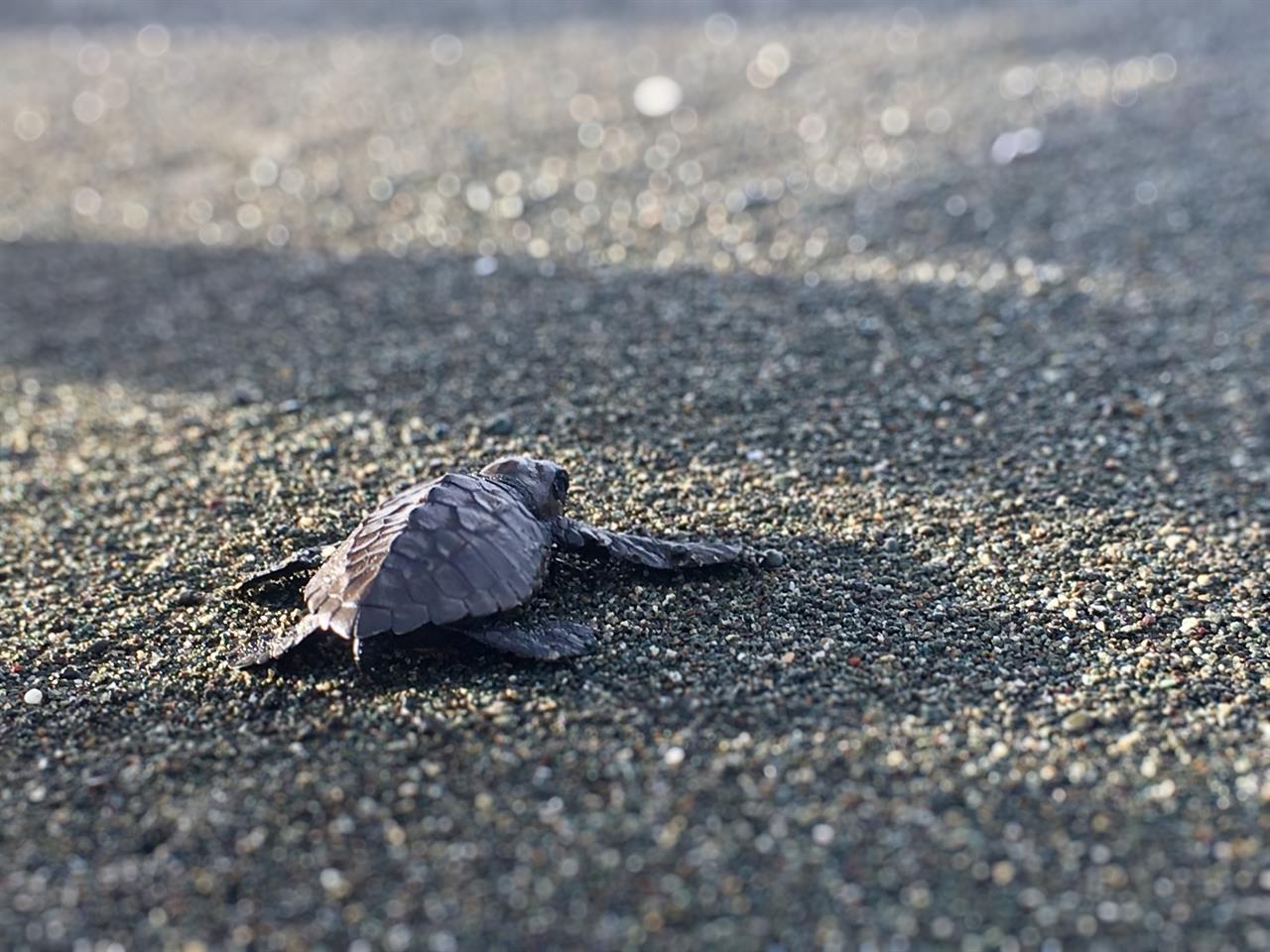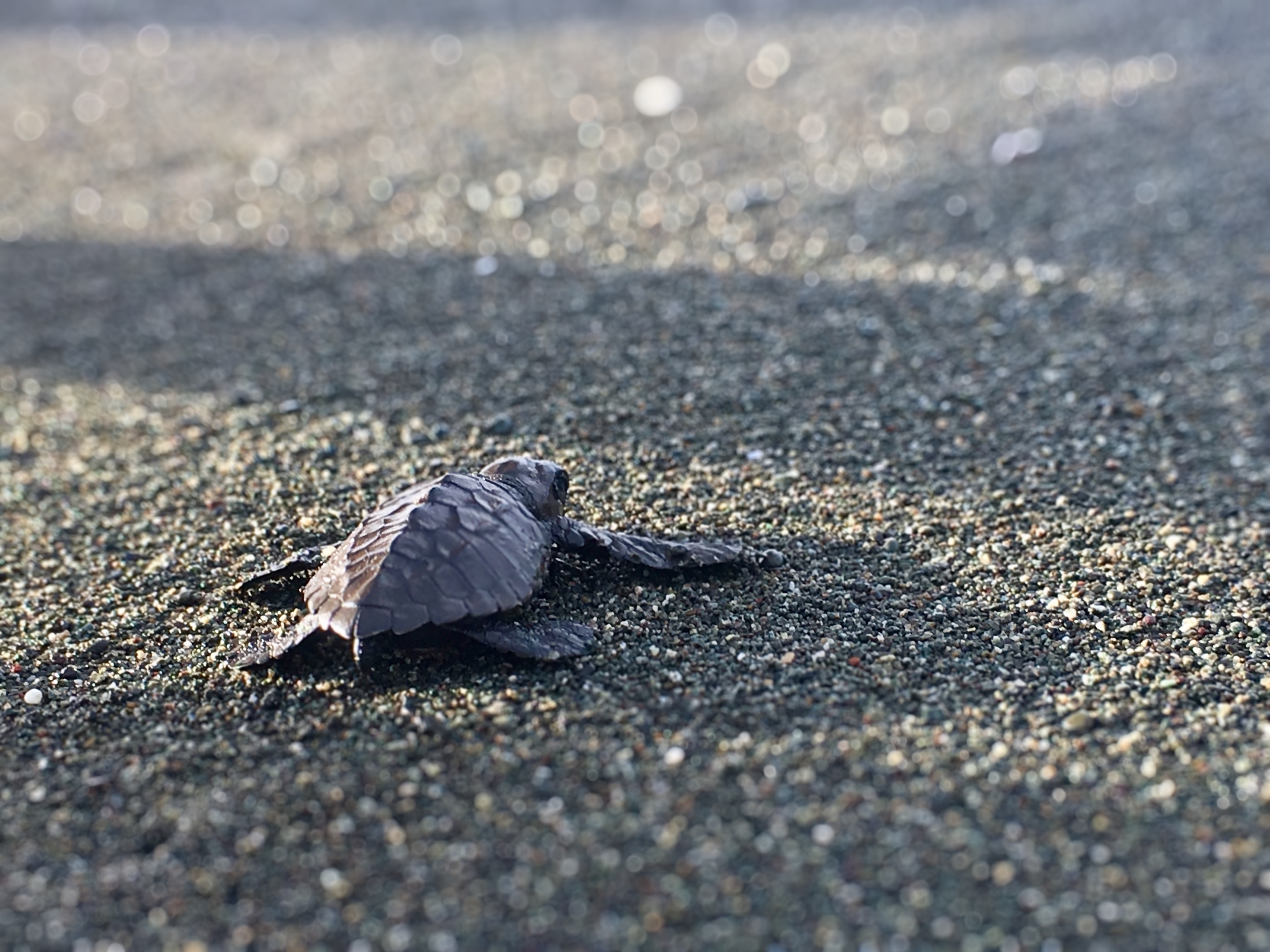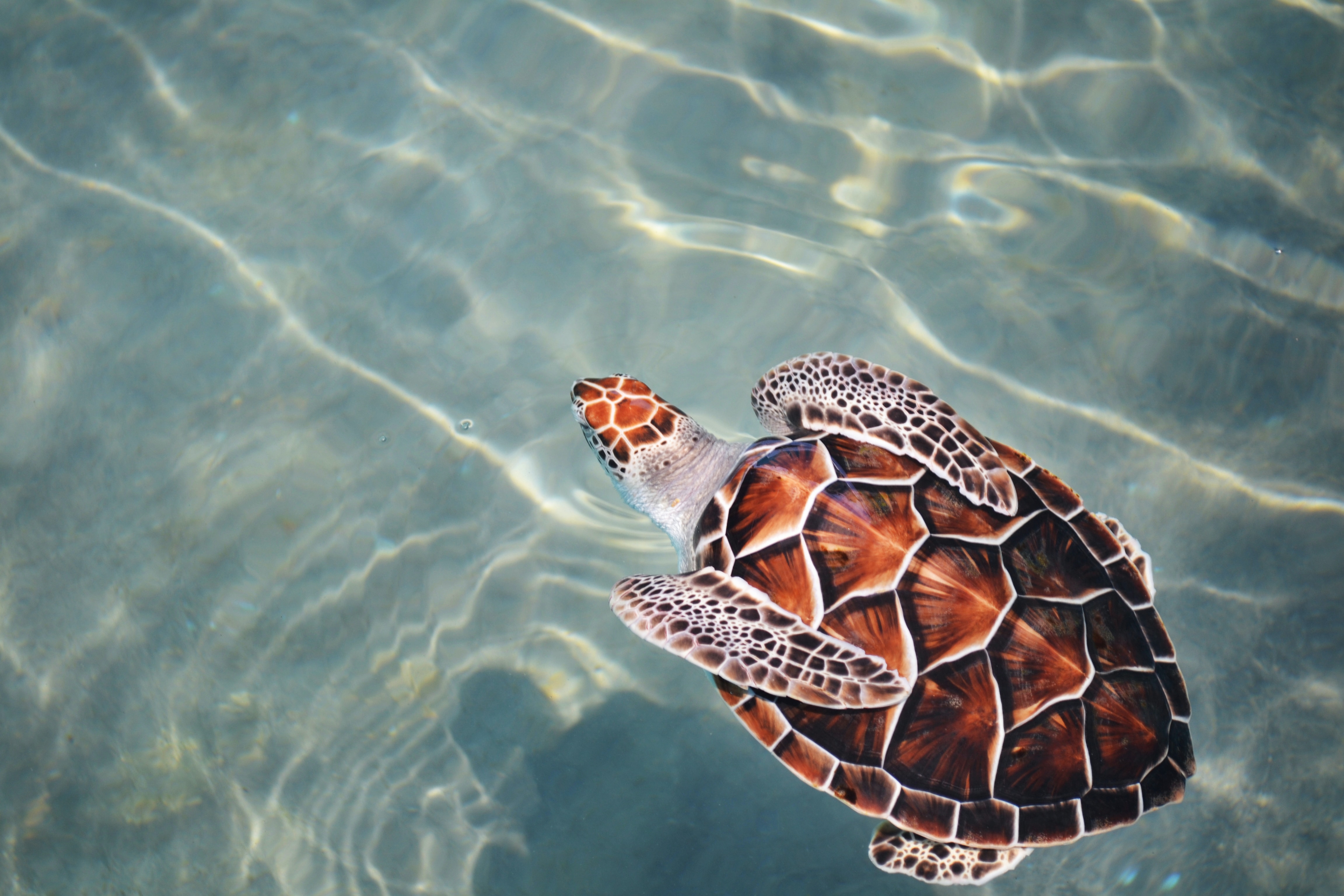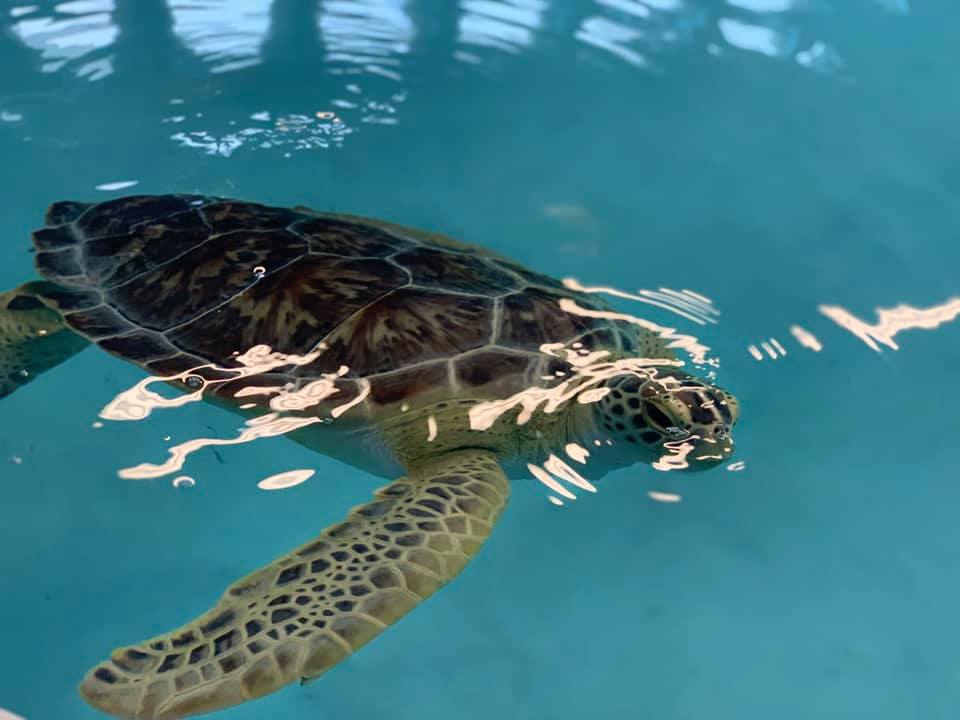
Cover Photo by Charlotte Rush on Unsplash
Florida is known for its beautiful beaches and diverse marine life, and one of the most exciting natural events that occur each year is the sea turtle nesting season. Florida's beaches become home to hundreds of thousands of nesting sea turtles from May through October.
These magnificent creatures attract much attention from wildlife enthusiasts and beachgoers alike. While the nesting season is an exciting time, sea turtles are endangered species and should be approached with care and caution. If you're interested in learning more about sea turtles in Florida, check out our guide to nesting season:
Nesting and Hatching Season
The majority of sea turtle nesting season in Florida lasts from May through October. During this time, female sea turtles crawl up the beach to lay their eggs in the sand. The nesting process takes several hours, during which the turtle digs a hole in the sand, lays her eggs, and covers the nest with sand before returning to the ocean.
About two months later, the sea turtle hatchlings emerge from their homes in the nests and begin their journey to the ocean. This is a crucial time for baby sea turtles as they are vulnerable to threats from predators and other risks. Other marine species, animals, and even beachgoers can pose dangerous threats to these baby sea turtles.
Types of Sea Turtles
Florida is home to five sea turtles species, all protected under the Endangered Species Act. The five species are the Loggerhead, Green, Leatherback, Hawksbill, and Kemp's Ridley sea turtles. Loggerheads are the most common species of sea turtle that nest on Florida's beaches, followed by Greens and Leatherbacks.

Photo by Charlotte Rush on Unsplash
Loggerheads
Loggerheads are known for their bulky shapes, weighing around 275 pounds and having shells up to three feet long.They are named for their large heads, which are often a reddish-brown color and feature powerful jaws that allow them to crush the hard shells of their prey. These sea turtles are slower swimmers and often fall prey to sharks, so they may be seen missing a flipper or a piece of their shell.

Green turtles are named after their green fat, where they store eggs. These creatures are large yet less bulky than loggerheads, as they can weigh an average of 350 pounds with shells up to 3.3 feet long. One distinguishing feature of a green turtle is that they are primarily herbivores, feeding on seagrasses and algae, which gives their fat a greenish coloration. Green sea turtles are found in tropical and subtropical waters around the world and are known for their long migrations between nesting and feeding grounds.
Leatherbacks
Leatherback sea turtles are large and interesting creatures, weighing anywhere from 500-1500 pounds and averaging 6 feet in length, they primarily feed on jellyfish. These sea turtles are distinct from green and loggerhead sea turtles as they are more adventurous swimmers and can travel up to 3,000 miles from their nesting beaches.These sea turtles are known for their unique leathery shells, which are covered in small bones and lack the hard scutes found on other sea turtles.
Kemp?s Ridley
Kemp?s Ridley sea turtles are actually the rarest sea turtle in the world, and unfortunately, they are also the most endangered. These turtles are smaller, only weighing 85-100 pounds, and they are known for their unique synchronized nesting behavior, where thousands of females come ashore to lay eggs on a single beach.
Hawksbill
Hawksbill sea turtles are smaller tropical turtles with beautiful, tortoise-colored shells. They are named for their distinctive narrow pointed beaks that resemble those of a hawk. These animals can weigh 100-200 pounds once fully grown, and their shells are often used to make jewelry or decorations in European and Asian countries.
An endangered species is one threatened by extinction. These causes can be from natural predators, environmental conditions, or humans. Some major threats to sea turtles are identified as fisheries, coastal development, pollution, and direct attacks. Habitat loss and degradation are major factors that have caused sea turtles to become endangered. Florida residents and visitors should protect sea turtles and their homes by assisting in conservation efforts aimed at protecting their nesting beaches, and reducing bycatch in fishing gear.
Tips to Protect the Turtles
Thanks to the Endangered Species Act, measures are in place to protect sea turtles. One of the most important ways to help sea turtles have a safe and successful nesting season is by using sea turtle-friendly lighting on the beaches. This lighting helps ensure the hatchlings can easily find their way to the water without getting lost. Beachgoers need to avoid approaching sea turtles and using lights or flash photography near them.
Also, filling in holes is a great way to prevent these turtles from falling in and getting stuck on their way to the water. Flattening sandcastles and removing beach gear and toys will also ensure safe conditions for these sea turtles moving across the sand.
Another way to protect the turtles is by removing trash and food that can attract unwanted pests. Raccoons, foxes, and coyotes are attracted to food leftovers and waste; these animals are also responsible for destroying sea turtle eggs. If you encounter a threat to a sea turtle or a sick or injured one, be sure to report this. You can report these disturbances on Florida Beaches to the Florida Wildlife Commission at 1-888-404-3922.
Visiting Florida During Nesting Season
If you are planning a trip to Florida during sea turtle nesting season, there are many ways to observe these animals without disturbing them. You can take a guided tour along the beaches or visit a sea turtle sanctuary. One great place to start is by visiting the Navarre Beach Sea Turtle Conservation Center.
This center is a non-profit organization located in Navarre Beach, Florida, that is dedicated to the protection and conservation of sea turtles and their habitat. The center's mission is to promote sea turtle conservation through education, research, and rehabilitation. They work closely with the Florida Fish and Wildlife Conservation Commission and other conservation organizations to monitor and protect sea turtle nesting sites along the Florida Panhandle.

Photo from Navarre Beach Sea Turtle Conservation Center
Sea Turtle Nesting season is an incredible event to witness in Florida. By following simple guidelines and taking precautions to protect these endangered animals, we can help ensure their survival for future generations.


